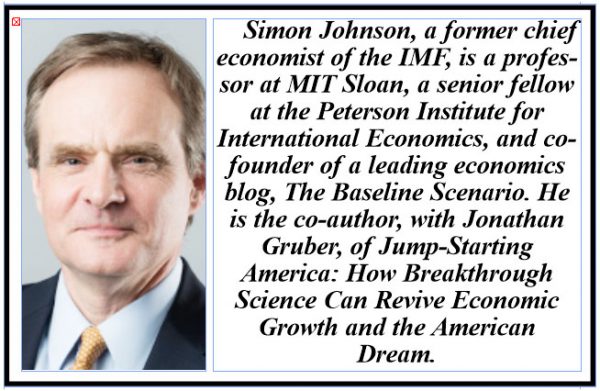WASHINGTON, DC – Around the world, the creation of good new jobs is increasingly concentrated in some of the largest cities. Innovative people want to work and live in close proximity to one another. This process of talent agglomeration has accelerated in recent decades and shows no signs of abating. It has also produced some increasingly glaring adverse side effects: worsening congestion (of roads, schools, and social services) in megacities; economic segregation as lower-income people are pushed out of big cities by rising housing costs; and potentially deeper social polarization as people elsewhere feel excluded from the best opportunities.
One response to the urban boom has been to introduce congestion pricing. Urban tolls that vary with traffic levels are already in use in places like London, Singapore, and Stockholm. New York City will introduce a version for the busiest part of Manhattan in 2021, Seattle is watching closely, and Northern Virginia is already implementing on major arteries. It can cost up to $25 to take Interstate 66 inbound to Washington, DC, during rush hour (it’s free off-peak). However, congestion pricing raises the cost of living and further reduces middle-class families’ access to places with the best opportunities.
An alternative approach is to focus on building innovation ecosystems that are not necessarily in the largest cities. Some of my colleagues at MIT run a Regional Entrepreneurship Acceleration Program (REAP), which helps local leaders construct viable coalitions, including universities, government, the existing private sector, actual entrepreneurs, and venture capital. This approach, pioneered by Fiona Murray and Phil Budden, has proved to have great appeal around the world.
Everyone thinking about economic development and innovation faces a variant of the same question: Where will the good jobs come from? Established strategies, such as just getting people into any job, are no longer satisfactory. People need jobs that pay living wages (or better). And when employers want to hire, as in some places in the Midwestern United States, they report significant weaknesses in terms of available local skills and appropriate vocational training.
Helping entrepreneurs’ businesses grow and attract financing is always a critical part of the puzzle, as emphasized by MIT’s Bill Aulet and Shari Loessberg. But the practical process of building stronger innovation clusters is not one size fits all. In some parts of the world, the solution may include building faster local transport links. For example, reducing the travel time between Liverpool, Manchester, Leeds, and Sheffield would create a much more integrated labour market for creative talent in the north of England.
In other places, an important part of the task may be to change the local technical university’s strategy and deepen its engagement with industry. Ivory towers are a thing of the past, at least with respect to the development of new technology. I am impressed by the number of senior university officials who now make this point.
At the same time, those responsible for developing an innovation ecosystem need to pay attention to how many jobs are created for people at different education levels. It is no longer enough to assume that if you are innovative in a particular place, there will necessarily be associated manufacturing jobs.
The future of manufacturing in countries like the US seems bright, in part because automation means that labour costs become less important when considering where to build new plants. But a corollary is that such manufacturing will be much less labour intensive than in the past.
As my MIT colleague Scott Stern likes to say: no one is in charge of entrepreneurship. The idea that government – at any level – can or will directly create more new companies is an illusion. At the same time, local government is an important part of the REAP coalitions, particularly in places where urban-renewal initiatives are underway. Transit needs to be modernized, land often needs to be cleaned up before it can be reused, and education systems must be strengthened. These are all government responsibilities.
In addition, as Jon Gruber and I argue in our book, `Jump-Starting America’, national governments can catalyze both the development of new science and frameworks that encourage commercialization. Research and development is labour intensive: each scientist needs 3-5 lab technicians, depending on the process, and these are generally well-paid jobs. In addition, as a cluster becomes stronger, it creates more good jobs in ancillary business and personal services, all of which are local and hard to outsource to faraway places.
America’s trading partners in Europe and Asia are attracted to this idea. It is easy enough to implement through various forms of competition among local governments – like the bidding process for Amazon’s second headquarters. The difference is that governments would compete by offering complementary local investments (such as infrastructure, schooling, and public amenities), rather than tax breaks.
As the biggest cities attract more talent, it becomes increasingly difficult for them to remain productive. High real-estate prices discourage young people from trying to break into an area. Diffusing the development process geographically by embracing a broader and deeper process for nurturing innovation ecosystems strengthens national economies and helps countries as they compete to be the places where next-generation technology is invented and manufactured. Countries that don’t adopt some version of this process will lose out to those that do.
Copyright: Project Syndicate, 2019.







